F5 BIG-IP Source Code Leak Tied to State-Linked Campaigns Using BRICKSTORM Backdoor
Threat Intelligence & Incident Analysis


Overview
The China-nexus threat cluster UNC5221 is actively targeting organizations that deploy F5 BIG-IP after a confirmed breach of F5 in which a nation-state actor stole internal development data, including portions of BIG-IP source code and vulnerability information. On October 15, 2025, CISA issued Emergency Directive ED-26-01, warning of an imminent threat to federal networks and ordering urgent inventory, hardening, and patching of affected F5 devices. The stolen code raises the risk of rapid 0-day discovery and weaponization against internet-exposed management services.
F5 revealed that attackers, discovered on its systems on August 9 and informed customers that the hackers remained in the company’s network for at least 12 months as reported by Bloomberg. The announcement follows authorization from the U.S. Department of Justice, which allowed F5 to delay public disclosure of the breach under Item 1.05(c) of Form 8-K due to ongoing law enforcement considerations.
The vendor stated that it is not aware of any undisclosed critical or remote code execution vulnerabilities that could have been exploited by the attackers, and there is no evidence that any non-public flaws were used in actual attacks.
According to an 8-K form filed with the Securities and Exchange Commission, the company first became aware of unauthorized access Aug. 9 and initiated standard incident response measures, including enlisting external cybersecurity consultants. In September, the Department of Justice permitted F5 to withhold public disclosure of the breach, which the government allows if a breach is determined to be a “a substantial risk to national security or public safety.”
Technical Details
Resecurity is the first to release the BRICKSTORM backdoor analysis, providing additional details on the involvement of threat actors from China. During our investigation, our team collected multiple artifacts associated with UNC5221’s appliance-focused tradecraft. The most relevant items preserved in evidence include:
- A statically linked Go ELF backdoor consistent with the BRICKSTORM family
- Small deployment scripts used to stage and persist the backdoor on edge devices.
- A servlet filter web component used by the same actor set to harvest credentials post-foothold.
Our analysis below is anchored in static/dynamic review of those artifacts:
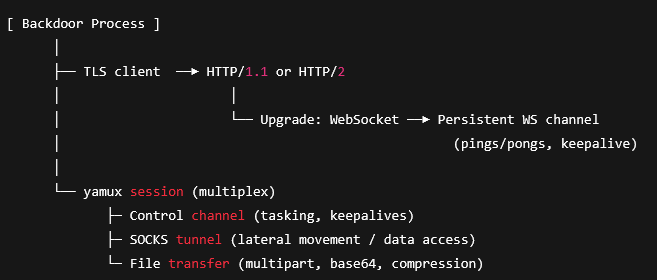
The backdoor is a self-contained, dependency-free executable (Go, linux/amd64) packaged for appliances with limited userland; it embeds full web transport (TLS client, HTTP/1.1/HTTP/2 paths, WebSocket upgrade/session handling), Yamux for multiplexing many logical streams over one socket, a SOCKS mechanism for TCP pivoting, and a complete multipart/form-data stack for web-looking file staging/exfil.

Yamux is a multiplexing library for Golang. It relies on an underlying connection to provide reliability and ordering, such as TCP or Unix domain sockets, and provides stream-oriented multiplexing.
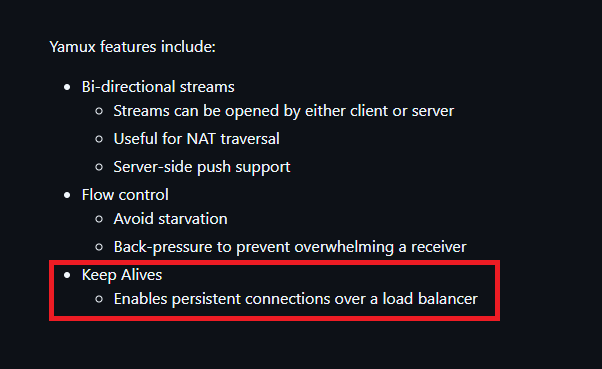
Yamux is inspired by SPDY. SPDY was introduced by Google in late 2009 as an experimental protocol to improve web performance. However, SPDY was officially deprecated in early 2016.
For this attack, the attacker used an exploit and deploys an ELF file on the BIG-IP device after gaining code execution, configures it to establish outbound TLS that negotiates HTTP/2 and upgrades the connection to WebSocket for a persistent C2 tunnel, then launches it with operator-supplied C2 parameters to multiplex concurrent streams over a single socket via Yamux.

Within that session the actor enables a SOCKS-style proxy to reach internal applications from the appliance’s management IP, moves data over the same channel using multipart/form-data with base64/quoted-printable and compression so exfiltration resembles ordinary web traffic.
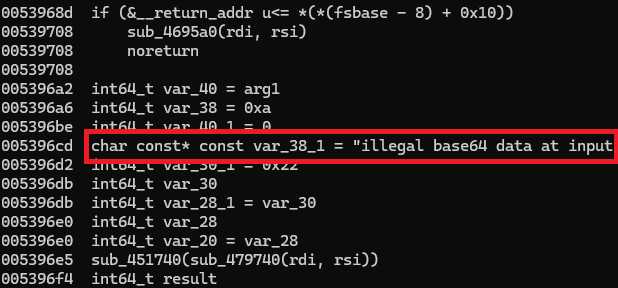
We have noticed there are no hardcoded domains or credentials in the ELF file, which suggests the attackers likely used a zero-day to gain access and can connect back to the target without issue.
If an attacker gets code execution (via 0-day or weakly secured services), BRICKSTORM can turn a BIG-IP into a stealth egress point and internal proxy, with minimal logs and long dwell.
The Origin
Our analysis found attackers leveraging publicly available repositories; portions of the codebase appear to have originated from repositories maintained in China. Some of these projects in the repositories are maliciously designed to attack user systems.
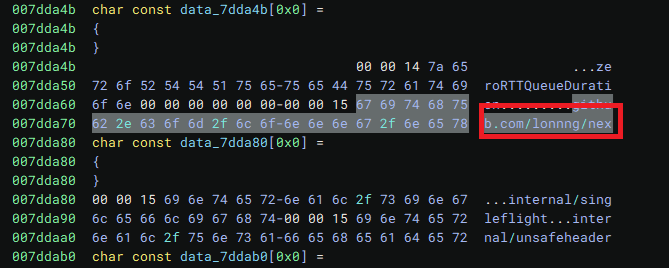
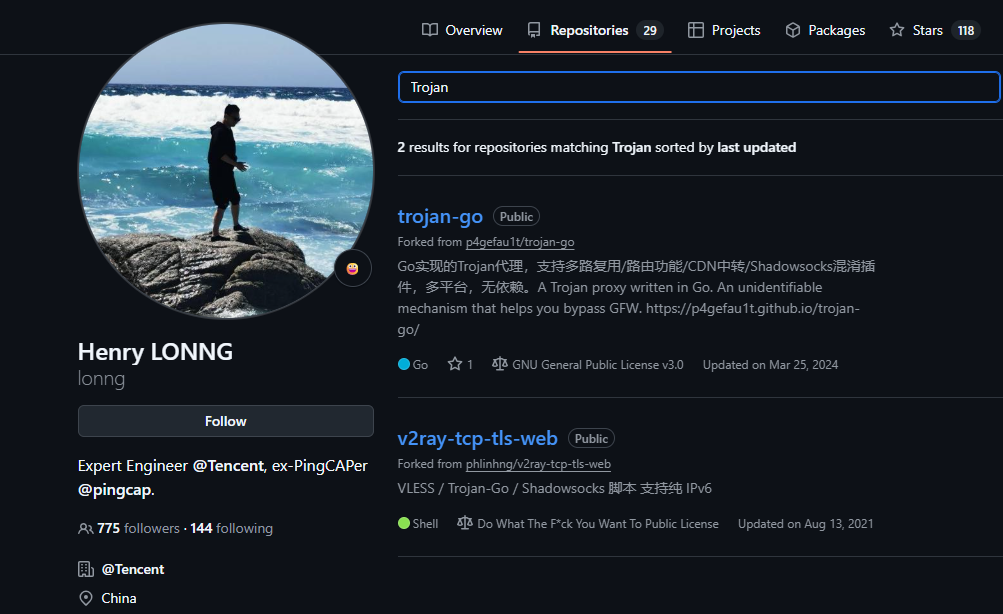
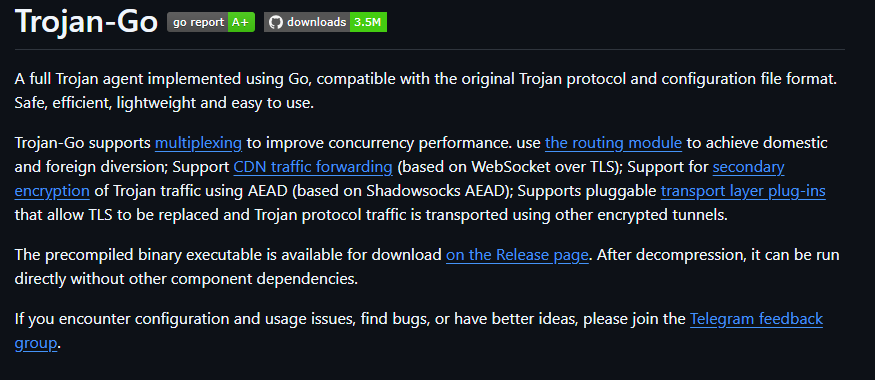
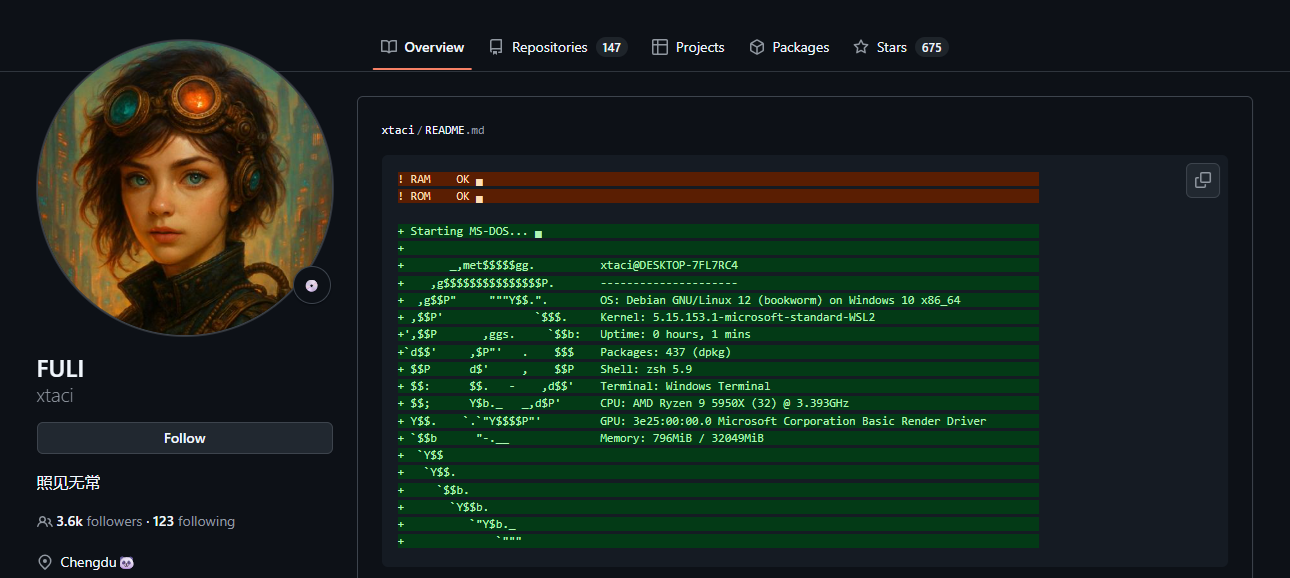
MITRE ATT&CK Techniques
| Tactic | Technique ID | Technique name | Description | Evidence / Notes |
|---|---|---|---|---|
| Initial Access | T1190 | Exploit Public-Facing Application | Compromise of internet-exposed BIG-IP management/services to gain code execution (risk amplified by stolen source and vuln intel). | 0-day discovery and weaponization; attacker used an exploit and deploys an ELF on BIG-IP. |
| Execution | T1204.002 | Malicious File | Operator launches the ELF backdoor on the appliance with runtime C2 parameters. | Deploys an ELF file; launches it with operator-supplied C2 parameters. |
| Execution | T1106 | Native API | Implant performs system/file/network ops via OS/runtime APIs. | Self-contained executable with full web transport and file staging/exfil. |
| Persistence | T1543.002 | Create/Modify System Process: systemd | Create/modify a systemd unit so the implant auto-starts on boot. | Modifies systemd entries for persistence. |
| Defense Evasion | T1027 | Obfuscated/Compressed Files & Info | Wraps data in base64/quoted-printable and compression inside multipart to evade content inspection. | multipart/form-data with base64/quoted-printable and compression. |
| Defense Evasion | T1036 | Masquerading | C2/file moves over HTTP/2 and WebSocket to blend with normal web traffic. | HTTP/2; WebSocket; web-looking file staging/exfil. |
| Credential Access | T1556 | Modify Authentication Process | Servlet filter/web component on adjacent infra (e.g., vCenter) captures credentials during login. | Servlet filter web component used to harvest credentials post-foothold. |
| Lateral Movement | T1090 | Proxy | SOCKS-style proxying from the appliance’s management IP to reach internal services. | Enables a SOCKS-style proxy to reach internal applications. |
| Lateral Movement | T1572 | Protocol Tunneling | Multiplex multiple logical streams over a single TLS/WS socket using yamux. | Multiplex concurrent streams over one socket via Yamux. |
| Command & Control | T1071.001 | Web Protocols (HTTPS) | Primary C2 over TLS/HTTP(S), often negotiating HTTP/2 (ALPN h2). | Establish outbound TLS that negotiates HTTP/2. |
| Command & Control | T1071.004 | Application Layer Protocol: WebSocket | Long-lived bidirectional WebSocket tunnel for C2. | Upgrades the connection to WebSocket for a persistent C2 tunnel. |
| Command & Control | T1573 | Encrypted Channel | TLS protects all C2 and data movement. | Outbound TLS; persistent tunnel. |
| Command & Control | T1090.003 | Multi-hop Proxy | Appliance acts as a stealth egress point into the environment. | Turn a BIG-IP into a stealth egress point and internal proxy. |
| Collection | T1005 | Data from Local System | Stage files locally and prepare for transfer over the C2 channel. | File staging/exfil over multipart/form-data. |
| Exfiltration | T1041 | Exfiltration Over C2 Channel | Send data through the established TLS/WebSocket channel using multipart frames. | Moves data over the same channel… resembles ordinary web traffic. |
| Collection / Prep | T1560 | Archive Collected Data | Compress/encode data prior to transfer to reduce detectability. | Compression + base64/quoted-printable within multipart. |
Patch Now
F5 has disclosed over twenty vulnerabilities spanning BIG-IP (all modules), F5OS (A/C), and BIG-IP Next (SPK/CNF), with several issues that could enable remote exploitation of internet-exposed management services. If you operate any affected versions listed above, treat this as an emergency: remove public exposure of management planes, restrict egress, and upgrade to the vendor’s latest fixed releases immediately. After patching, verify that devices no longer match the affected version ranges, re-enable only necessary services, and monitor for anomalous HTTP/2/WebSocket egress from appliance subnets.
| Vulnerability | Affected Product |
|---|---|
| CVE-2025-53868 | BIG-IP (all modules) |
| CVE-2025-61955 | F5OS-A; F5OS-C |
| CVE-2025-57780 | F5OS-A; F5OS-C |
| CVE-2025-60016 | BIG-IP (all modules); BIG-IP Next SPK; BIG-IP Next CNF |
| CVE-2025-48008 | BIG-IP (all modules) |
| CVE-2025-59781 | BIG-IP (all modules) |
| CVE-2025-41430 | BIG-IP SSL Orchestrator |
| CVE-2025-55669 | BIG-IP ASM |
| CVE-2025-61951 | BIG-IP (all modules) |
| CVE-2025-55036 | BIG-IP SSL Orchestrator |
| CVE-2025-54479 | BIG-IP PEM; BIG-IP Next CNF |
| CVE-2025-46706 | BIG-IP (all modules) |
| CVE-2025-59478 | BIG-IP AFM |
| CVE-2025-61938 | BIG-IP Advanced WAF/ASM |
| CVE-2025-54858 | BIG-IP Advanced WAF/ASM |
| CVE-2025-58120 | BIG-IP Next SPK; BIG-IP Next CNF |
| CVE-2025-53856 | BIG-IP (all modules) |
| CVE-2025-61974 | BIG-IP (all modules); BIG-IP Next SPK; BIG-IP Next CNF |
| CVE-2025-58071 | BIG-IP (all modules); BIG-IP Next CNF |
| CVE-2025-53521 | BIG-IP APM |
| CVE-2025-61960 | BIG-IP APM |
| CVE-2025-54854 | BIG-IP APM |
| CVE-2025-53474 | BIG-IP APM |
| CVE-2025-61990 | BIG-IP (all modules); BIG-IP Next SPK; BIG-IP Next CNF |
| CVE-2025-58096 | BIG-IP (all modules) |
| CVE-2025-61935 | BIG-IP Advanced WAF/ASM |
Indicators of Compromise (IOCs)
SHA-256: 90b760ed1d0dcb3ef0f2b6d6195c9d852bcb65eca293578982a8c4b64f51b035
Filename: Pg_update
Classification: BRICKSTORM (Go ELF backdoor)
Notes: System/update helper to blend in.
SHA-256: 2388ed7aee0b6b392778e8f9e98871c06499f476c9e7eae6ca0916f827fe65df
Filename: Listener
Classification: BRICKSTORM (Go ELF backdoor)
Notes: Listener component; used for C2/socket handling.
SHA-256: aa688682d44f0c6b0ed7f30b981a609100107f2d414a3a6e5808671b112d1878
Filename: Vmprotect
Classification: BRICKSTORM (Go ELF backdoor)
Notes: VMProtect Version

